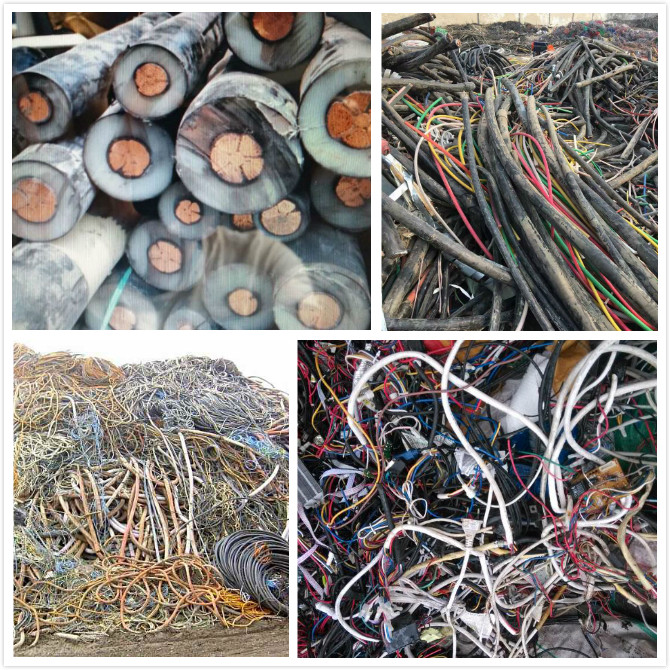

Nov . 12, 2024 10:13 Back to list
Eddy Current Non-Ferrous Metal Separator An Overview
In the realm of waste management and recycling, efficient separation of materials is crucial for optimizing recovery processes and minimizing environmental impact. One of the most innovative technologies that has emerged in recent years is the eddy current non-ferrous metal separator. This device plays a vital role in the recycling industry, specifically targeted at separating non-ferrous metals from mixed materials.
What is Eddy Current Separation?
Eddy current separation is a method that exploits the principle of electromagnetic induction to separate non-ferrous metals, such as aluminum, copper, and brass, from other materials. The technology utilizes a rotating magnetic field to induce electrical currents, or eddy currents, in the conductive metals as they pass through the separator. These induced currents generate their own magnetic fields, which interact with the original magnetic field of the separator, resulting in a repulsive force that effectively ejects the non-ferrous metals from the waste stream.
How the Separator Works
The process begins with the input of mixed materials onto a conveyor belt that transports them into the separation chamber of the eddy current separator. As the material moves forward, it passes through the fast-rotating magnetic rotor, which induces eddy currents in the non-ferrous metals. The strength of these currents depends on factors such as the speed of the rotor, the type of metal being processed, and the configuration of the magnetic field.
As the eddy currents are generated, the non-ferrous metals experience a force that causes them to jump off the conveyor belt and into a designated collection area
. Simultaneously, non-metallic materials and ferrous metals continue moving along the belt, allowing for efficient sorting without contamination.Advantages of Eddy Current Separators

Eddy current non-ferrous metal separators offer several advantages that make them an essential component of modern recycling operations. Firstly, they are exceptionally efficient; these separators can recover a high percentage of non-ferrous metals from mixed waste streams, ensuring that valuable materials are not lost. This recovery process can yield substantial economic benefits for recycling facilities, as non-ferrous metals typically have a high market value.
Additionally, the technology is highly versatile and can be used in various applications, including municipal solid waste recycling, electronics recycling, construction and demolition debris processing, and more. This adaptability makes eddy current separators a preferred choice for many businesses looking to improve their recycling capabilities.
Moreover, eddy current separators contribute positively to environmental sustainability. By maximizing the recovery of metals, fewer primary resources need to be mined, which can reduce the overall carbon footprint associated with metal production. This aligns with the growing global emphasis on sustainable practices and responsible waste management.
Challenges and Considerations
Despite their numerous advantages, there are some challenges associated with the use of eddy current non-ferrous metal separators. For instance, the efficiency of the separation process can be affected by the size and shape of the non-ferrous metals, as well as the presence of contaminants in the feed material. Operators must ensure that the feed is adequately prepared and that the equipment is maintained to achieve optimal performance.
Furthermore, while eddy current separators are excellent for separating non-ferrous metals, they are not effective for ferrous materials. As such, they are often used in conjunction with other separation technologies, such as magnetic separators for ferrous metal recovery, to create a comprehensive metal recycling solution.
Conclusion
In conclusion, eddy current non-ferrous metal separators represent a significant advancement in recycling technology. By efficiently separating valuable non-ferrous metals from mixed waste streams, these separators help optimize recycling processes and contribute to environmental sustainability. As the demand for recycled metals continues to grow, the importance of efficient separation technologies will only increase, making eddy current separators an invaluable tool in the quest for a more sustainable future.
Latest news
Troubleshooting Common Eddy Separator Problems
NewsJul.04,2025
The Role of Metal Recycling Plants in Circular Economy
NewsJul.04,2025
The Impact of Recycling Line Pickers on Waste Management Costs
NewsJul.04,2025
Safety Features Every Metal Shredder Should Have
NewsJul.04,2025
How Industrial Shredders Improve Waste Management Systems
NewsJul.04,2025
How Cable Granulators Contribute to Sustainable Recycling
NewsJul.04,2025